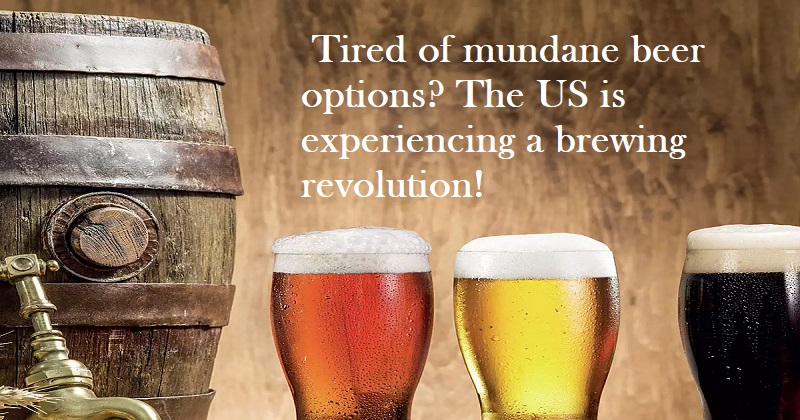
It’s finally sunny again, which is good news for the craft beer industry in the US. The Brewers Association, the primary trade organization for the sector, recently released a study that supports this image by demonstrating the industry’s robust recovery from losses caused by the epidemic. The storm is, hopefully, over, but there may still be a few dreary days. A craft brewery sometimes referred to as a microbrewery, is a brewery that generally has a private owner and typically produces less beer than large breweries. These breweries are frequently advertised as putting an emphasis on traditional ingredients, unique flavours, and a range of brewing processes.
By 2021, there would be 9247 breweries operating, up from 1813 in 2010. Craft beer was able to become a part of every aspect of the American beer landscape. The share of the top 40 brewers has increased from 88.7 percent of the total production in 2017 to 91.4 percent in 2021. The top 40 brewers in the world generated 91.4% of the world’s beer in 2021. Due to their popularity, some of these breweries have since outgrown the ‘micro’ level. Due to the sort of beer they produce, they are nevertheless referred to as microbreweries.
The beer transition
Monasteries were the only locations in Europe where beer was produced on a commercial scale up until the thirteenth century. Later, monks began brewing beer for noblemen, selling it in ‘monastery pubs’, and offering it for free use during church feasts. From the fourteenth century onward, commercial brewers began to seriously threaten monastery beer production.
The top 10 nations in the world for beer production, according to the BarthHaas Report 2021–2022, are China, the United States, Brazil, Mexico, Germany, Russia, Japan, Vietnam, the United Kingdom, and Poland. There has been a counter-movement against the rising dominance of lager and light beers that started in the US. New breweries making ‘special brews’ and ‘older’ varieties of beer were given the name ‘microbreweries’ due to their small size. Several countries are now observing comparable developments. Microbreweries are growing swiftly, however they still make a small amount of the beer consumed worldwide.
Craft beer still confronts a number of challenges, despite the fact that the overall growth rates could indicate better days ahead. Government programmes that assisted many brewers through the most trying times of the shutdowns have come to an end, supply chain issues are putting additional strain on already fragile financials, and the alcohol market is becoming more and more competitive as new players compete for consumers’ attention. Craft brewers may nevertheless focus on producing the greatest suds possible, which is what they do best.

Post Your Comments